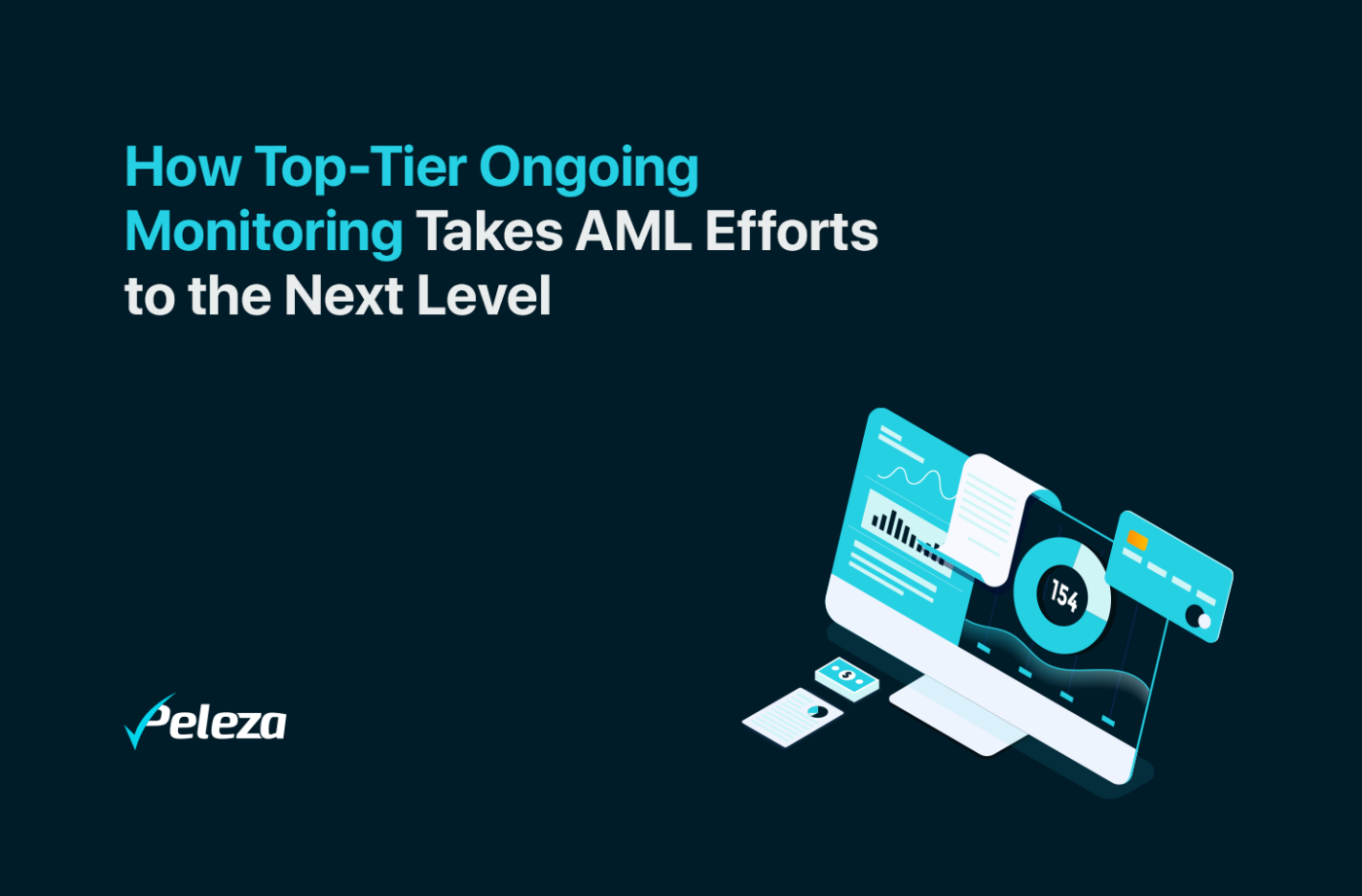How Top-Tier Ongoing Monitoring Takes Anti-Money Laundering Efforts to the Next Level.

In the relentless pursuit against money laundering and in strict adherence to Anti-Money Laundering (AML) regulations, a highly effective ongoing monitoring system is imperative. This continuous vigilance over customer accounts, transactions, and activities serves as the linchpin for detecting and thwarting any suspicious or illicit behaviour.
- AML Ongoing Monitoring Requirements: Regulatory Imperatives for Financial Institutions.
Regulatory bodies insist on stringent AML ongoing monitoring requirements to ensure financial institutions establish robust systems. These systems entail regular reviews of customer information, transaction patterns, risk assessments, and enhanced due diligence measures for the prompt identification and reporting of potential money laundering activities.
Explore an in-depth analysis of AML regulations and compliance statistics here.
- Leveraging Advanced Technologies for Enhanced Performance.
Financial institutions are turning to innovative technologies to fortify the performance of ongoing monitoring systems. Machine learning algorithms, data analytics tools, and automated alerts are pivotal in streamlining processes, improving detection rates, reducing false positives, and enhancing overall efficiency in the fight against money laundering.
- The Crucial Components of Ongoing Monitoring: Key Focus on Automated Processes.
In modern AML and fraud detection strategies, ongoing monitoring assumes a pivotal role. Emphasizing the importance of automated data collection, analysis, reporting, and response empowers organizations to proactively identify and mitigate potential threats and compliance issues.
According to IBM Cost of Data Breach Report 2023, Organizations that used security AI and automation extensively reported USD 1.76 million lower data breach costs compared to organizations that didn’t use security AI and automation capabilities.
- Regular Controls for Updates: Upholding Effectiveness in Ongoing Monitoring.
A critical aspect of ongoing monitoring revolves around meticulous reviews and continuous updates to databases tracking individuals and entities subject to various restrictions and scrutiny. This practice ensures the system’s effectiveness, promptly identifying potential risks and compliance issues.
- Sanction Lists, PEP Databases, and Watchlists: Vigilant Oversight for Compliance.
Within ongoing monitoring, dedicated attention is given to reviewing and maintaining databases related to economic sanctions, Politically Exposed Persons (PEP), and watchlists. These databases serve as vigilant watchdogs, identifying and flagging any individuals or entities falling under sanctioned categories, holding prominent public positions, or displaying suspicious activities.
- Automated Data Collection: Foundation for Timely Issue Identification.
At the core of ongoing monitoring is the automated data collection process involving the gathering of data from various digital sources. Real-time analysis, driven by advanced algorithms and machine learning techniques, aids in detecting anomalies or patterns indicating security threats or non-compliance with regulatory requirements.
- Real-Time Analysis: Identifying Deviations for Swift Action.
Real-time analysis forms a critical component, enabling the system to identify deviations from established norms or behavioural patterns. Designed to catch even the slightest anomalies, this stage ensures organizations remain vigilant and proactive in addressing emerging threats promptly.
- Automated Reporting: Timely Dissemination of Critical Information.
Following data analysis, the automated reporting component comes into play. Timeliness is crucial in AML procedures, fraud prevention, and cybersecurity. Automated alerting mechanisms swiftly relay relevant information to stakeholders, expediting the response process and promptly ensuring appropriate actions are taken.
- Timely Response: Orchestrating Swift Action.
The final element in ongoing monitoring is a well-orchestrated response mechanism. Beyond detection and reporting, an efficient system must initiate real-time alerts to any issues detected. This involves automated remedial actions, system isolation, security patch implementation, or escalation to designated personnel for further investigation and resolution.
In conclusion, a robust ongoing monitoring system incorporating these key components is indispensable for financial institutions in their commitment to combat money laundering and adhere to stringent regulatory standards. With Peleza’s AML solution, you can confidently ensure your AML compliance, safeguarding your institution against potential risks. Get started here.

